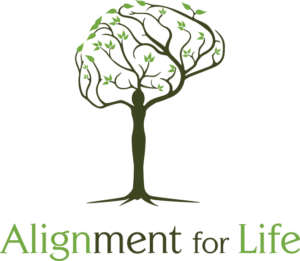B.E.S.T. Chiropractic
B.E.S.T. is a system of health care that is truly state-of-the-art in balancing body/mind/memory/soul energy fields by removing interference between your body and the power that made your body. When this interference exists, symptoms develop and health deteriorates. Removing this interference allows your body to repair and rebuild your damaged, painful condition. By touching certain key pressure points in the proper sequence with proper energy, and having you think of specific memory stress, we have found that interference is removed and your body will begin to re-communicate with your brain.
Upper Cervical Chiropractic
The focus of the upper cervical work is the relationship between the craniocervical junction (upper neck) and its influence on the central nervous system and brain stem function. It is this relationship that affects every aspect of human function from the feeling sensations in your fingers to regulating hormones, controlling movement, and providing the ability to hear, see, think, and breathe.
Even though the primary focus is the neck, the effects of the correction influences the whole spine and all body systems. This is because this gentle procedure influences one of the highest control centers over body balance, the brain stem and central nervous system. The C-1 vertebrae, also known as the Atlas, is a small donut-like bone located at the top of the spine and the base of the skull that surrounds the brain stem. When the spine is subjected to stress it can become misaligned. This phenomenon is known as the Atlas Subluxation Complex Syndrome (ASC) or the ASC Syndrome.
The Balancing Act.
The nerves in our spinal column are very sensitive to pressure and stress. When the spine becomes misaligned sufficiently it stresses the nerves, compromises their normal impulses, and changes function throughout the body. Nerves are responsible for four primary functions:
- Control and regulate all vital functions including circulation, breathing and digestion.
- Activate muscles allowing us to move.
- Allow us to sense, perceive and feel.
- Relate us to the world outside ourselves including learning, experiencing and behavior.
Spinal Decompression
Our commitment to bring our patients a non-surgical alternative to their back pain resulted in the addition of Spinal Decompression for the treatment of:
- Herniated and/or bulging discs (single or multiple)
- Sciatica
- Degenerative disc disease
- Relapse or failure following surgery
- Chronic back pain
- Facet syndromes
Spinal decompression is achieved through the use of a mechanical traction device applied through an on-board computer that controls the force and angle of disc distraction, which reduces the body’s natural propensity to resist external force and/or generate muscle spasm. This enhanced control allows non-surgical spinal decompression tables to apply a traction force to the discs of the spinal column reducing intradiscal pressure, unlike previous non-computer controlled traction tables.
The theory behind non-surgical spinal decompression is that significant distractive forces, when applied to the lumbar spine in variable directions, can create a negative pressure in the center of the intervertebral disc, thereby creating a suctioning effect or vacuum phenomenon in order to retract or reduce the size of the herniated or bulging disc’s gelatinous internal nucleus pulosus, thus diminishing or eliminating nerve compression, while at the same time creating an osmotic gradient which helps bring nutrients and water into the disc. Since intervertebral discs have poor circulation, they depend upon receiving their nutrition through diffusion across the end plates of the vertebrae above and below.
The appeal of non-surgical spinal decompression is that it is a non-invasive, non-surgical, drug-free alternative treatment for low back pain, sciatica, disc degeneration, disc bulges, disc herniations, and facet syndrome. There is copious anecdotal evidence of its effectiveness and more case studies are being published demonstrating very positive results in patients who have tried other conservative treatments that have failed.


